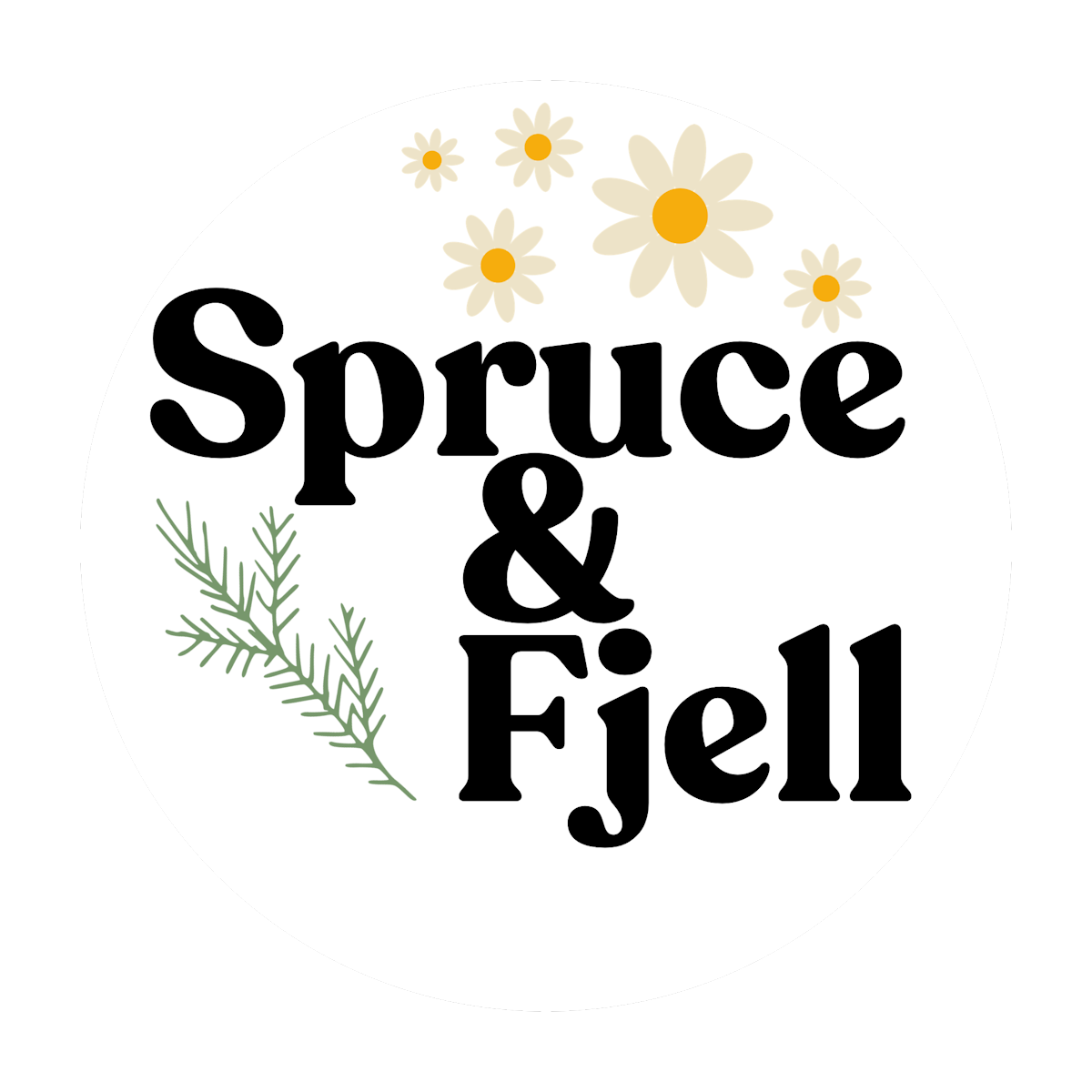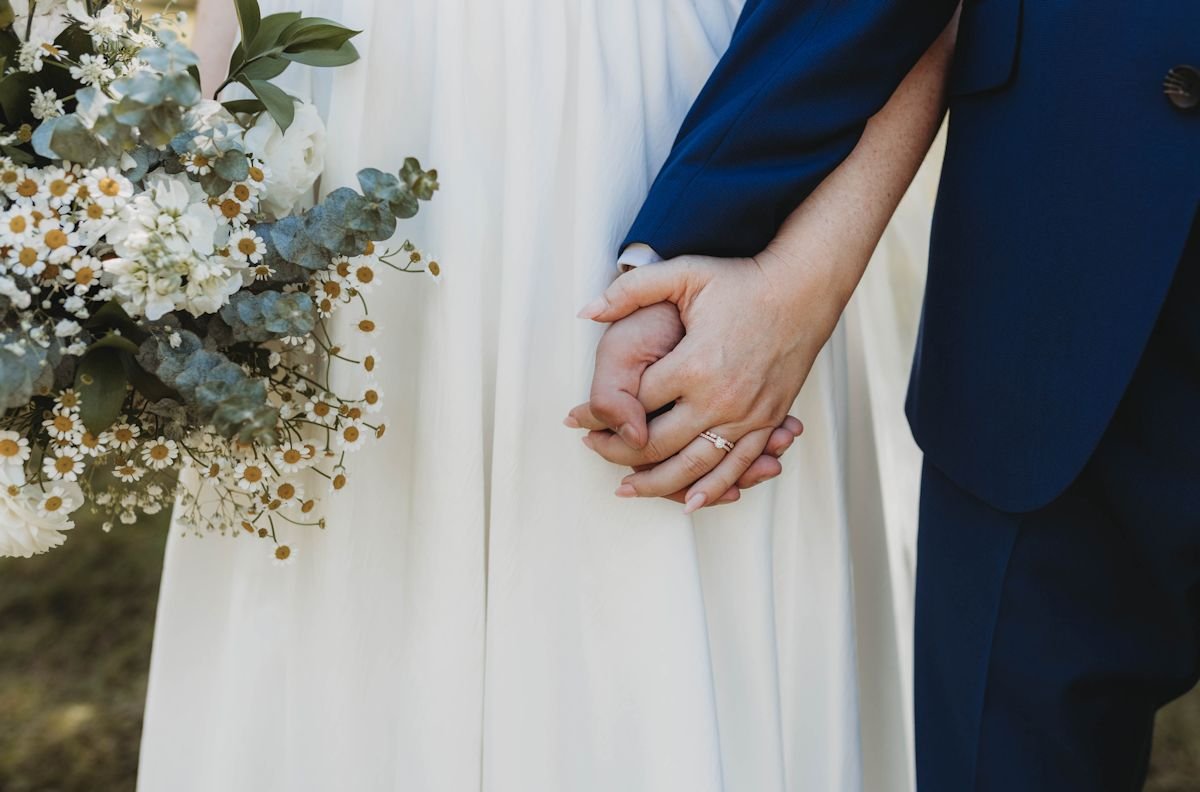Pillow With Piping Trim
Envelope Back Pillow With DIY Piping
This pillow is made with just a simple front and back (back is envelope style, which allows for easy removal of the pillow inside). The piping is added before stitching the front and back together. It follows the same construction method as my easy basic square pillow except that piping is added..
See my applique and quilt block patterns if you wish to jazz up the front of the pillow. You can also add embroidery.
Adjust to any size.
Special Note: This pattern is one of my oldest - Originally on our previous site: CraftAndFabricLinks.com. Some of the photos are quite old, but they do show the process. Christina Sherrod, designer
Disclosure: This site contains affiliate links. As an Amazon Associate, I earn from qualifying purchases. Clicking on links, and purchasing products, may result in the seller paying us compensation - at no extra cost to you. Affiliate links are in green.
Also see:
Notes From The Workroom & Trail
Quilt Patterns
Craft Projects
Home Improvement
Piping Trim
Learn how to create your own piping (fabric covered cord) to add a decorator’s touch to your pillows. Use contrast colors for more definition. Although ready-made piping can be purchased, you can really save money by making your own, plus you greatly increase your choice of fabrics.
You can create your own bias binding (also called bias tape), and wrap that around cord to create piping, or you can purchase bias binding.
Go to Quilt Lessons: Make Your Own Bias Binding.
SUPPLIES - for one pillow
16” pillow form
Fabric
2 yards 1/2” (.5 inch) cord (wrap cut ends in scotch tape to prevent from fraying)
One piece of 10” 44” fabric to create the bias binding (to cover the cording)
1/2 yard pillow covering fabric (fabric must be at least 41” wide)
NOTE: For my pillow, I used two layers for the front: one 16.5” piece of black fabric with flower cut-outs for my pillow front, one piece of 16.5” red fabric to place under the cut-out fabric for the front. For the pillow back, I used one 24.5” x 16.5” piece of solid black fabric.
If the front and back are all made from one layer of the same fabric, you need just 1/2 yard total.
Other Supplies
Fabric Glue (or thread to match piping - for closing off end of piping)
Tape (to wrap around ends of cut cord to prevent fraying of cord - scotch tape works well)
General Sewing Supplies
thread to match fabric background
sewing scissors
pins (I use quilting pins)
large sewing ruler
rotary cutter and mat (optional but nice)
DIRECTIONS
All seams are 1/4”
1. Cut Pillow Fabric
Cut one 16.5” x 16.5” piece of fabric for the pillow front OR use a 16.5” x 16.5” quilt block.
Cut one 24.5” x 16.5” piece of fabric for the pillow back.
2. Create Bias Binding
Go to: Create Bias Binding for free instructions on creating your own bias binding. Follow those instructions, with the following exceptions:
Start with a strep that measures 10” x 44” (rather than 5” x 44”). Draw segments 2.5” wide (rather than 1” wide).
NOTE: this creates piping that will have a 1/2” seam allowance (after piping is stitched) rather than a 1/4” seam allowance. I found this worked fine with my pillow; the fit of the cover was snug, but not too tight. If you want an exact 1/4” seam allowance on your finished piping, cut your segments 2” wide.
Follow instructions on that page from step 4 on.
3. Start Piping
Press under 1/4” on one end of bias binding strip. Wrap scotch tape securely around each cut end of cord if you haven’t already done so. Lay cord onto wrong side of bias strip, near the end of the strip.
4. Baste Piping
Fold the bias binding around the cord. Baste layers together about half way between the cord and the edge. For clarity, the basting line is drawn in white in the following photo.
5. Pin Piping To Pillow Front
Pin the piping to the right side of the pillow front, aligning the edges. THE PIPING IS TOWARD THE CENTER OF THE PILLOW. If you are using two layers for the pillow front, baste them together first, close to the edge (I had a red layer under a black fabric that had cut-outs).
Snip the piping at the corners to allow easy turning on corners.
Continue pinning around all four sides. Your piping will be longer than necessary. That is fine for now. Pin all the way around, leaving the tail of extra piping.
6. Baste Piping To Pillow Front / Finish Ends
Starting about 1/2” from the piping end, begin basting piping to the pillow front. Baste over the first line of stitching. When you are around to the end, trim the piping as follows: Remove the first basting line on piping as needed. Peel back the fabric and trim the cord so that both ends of the cord meet one another (the starting ends meets the finishing end). Trim the fabric so that it overlaps the first end by one inch. Tuck the unfinished end of the piping fabric inside the end that is turned under. Your piping fabric will now cover the cord.
Continue basting until all piping is securely attached to the pillow front.
Note: The basting line is enhanced on the following photo.
7. Create Pillow Back
Cut the 24.5” x 16.5” piece of fabric in two so that you have 2 pieces, each measuring 16.5” x 12.25”.
Serge or zig-zag stitch across one 16.5” side of each piece. Iron under the serged side 2” on each piece to create a hemmed edge. Top stitdh the hem in place.
Lay down one pillow back piece, right side up. Lay down the second pillow back piece, also right side up, so that the two pieces overlap on the hemmed edges. The width should be 16.5” (adjust overlap amount so that the width is 16.5”). Baste across the top and bottom edges. You now have a pillow back that is 16.5” wide, with an opening in the center (hemmed edges).
My diagram shows the pieces slightly “off” so that you can see that they are overlapped in the center.
8. Stitch Pillow Back To Pillow Front
Pin pillow back to pillow front, right sides together.
Stitch front to back. The stitching line must be close to the cord; do NOT stitch through the cord. This part takes a bit of practice and patience. Feel for the cord as you stitch, to be sure you are close to the cord. Stitch around all four sides.
Turn the pillow cover right side out. Basting should not show, because the stitch line is inside the baste line. Turn wrong side out and remove all basting, or re-stitch as needed. If the seam allowances create excess bulk, trim the seam allowances.
Quilts & Pillows
Articles & Tips

































Nicely constructed pillowcase with contrast cuff and piping trim. Cuff is nicely finished on the inside. Free sewing pattern with directions for standard, queen and king.